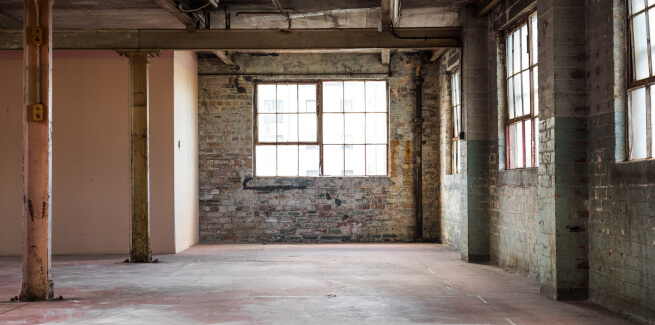According to the chief economist of Master Builders Australia, Shane Garrett, the forecast for the housing market points to a “challenging” year ahead.
Indeed, he noted that while 234,000 new homes were started “at the peak of the market” in 2016-17, it is expected that output will drop to 210,200 during 2018-19 before falling to 197,500 during 2019-20.
“A succession of further declines will bring new home starts down to 175,900 by 2022-23,” he said.
Mr Garrett commented: “New home building across Australia is facing into its toughest year in almost a decade with declining house prices and the fallout from the royal commission really starting to bite.
“New home building was lifted to record levels in the middle of the decade by a combination of strong population growth, big house price gains, super low interest rates and keen demand from foreign buyers.
“Several of the ingredients that made up this favourable mix are no longer in place. House prices have seen sizeable reductions in a number of key markets, while state governments have erected prohibitive barriers to foreign buyers,” he said.
The chief economist went on to state that the “biggest factor holding activity back” is the “reaction” to the Hayne royal commission, which has slowed the circulation of mortgage credit within the housing market.
“Uncertainty in the lead-up to the upcoming federal election is also delaying activity in the market,” he said.
“People want to know what the colour of housing policy will look like before they enter into commitments.”
Mr Garrett concluded: “The fundamentals of the Australian economy are actually pretty solid at the moment with the robust labour market fuelling a healthy pace of migration-driven population growth. As a result, the underlying demand for new home building is still elevated, but unfortunately this is not being translated into stronger activity on the ground because of the credit crunch and decision paralysis ahead of the election.”
Master Builders Australia said it was therefore “vital” that there is “urgent clarity from all parties on exactly what they will do once the federal election has been concluded”.
The prediction comes amid growing concern relating to the Australian housing market, particularly in Sydney and Melbourne.
ANZ economist Richard Yetsenga recently acknowledged that the fall in Australian property prices has been the largest since the global financial crisis, driven by a tightening in prudential policy (but added it could end up being just a “textbook adjustment” should prudential standards be “correctly calibrated” for the tightening in bottom-up standards).
However, despite a 4.8 per cent tumble in house prices across Australia in 2018, the 15th Annual Demographia International Housing Affordability Survey – which ranks markets’ housing affordability by linking median house prices to median household incomes – has declared the nation’s housing market “severely unaffordable”.
The extent of the slowdown in housing market conditions has also been highlighted by the latest data from the Australian Bureau of Statistics, which has reported a 2.5 per cent fall in the value of home loan approvals in November 2018, in seasonally adjusted terms, with housing approvals also falling, plunging 32.8 per cent in the year to 30 November 2018.
Figures provided by property research firm CoreLogic have also revealed that national dwelling values have slumped by 4.8 per cent nationwide, driven by a 6.1 per cent drop across Australia’s capital cities, led by an 8.9 per cent fall in Sydney and a 7 per cent decline in Melbourne.
[Related: ‘More of the same’ in 2019 as ‘rapid’ slowdown continues]
 ;
;